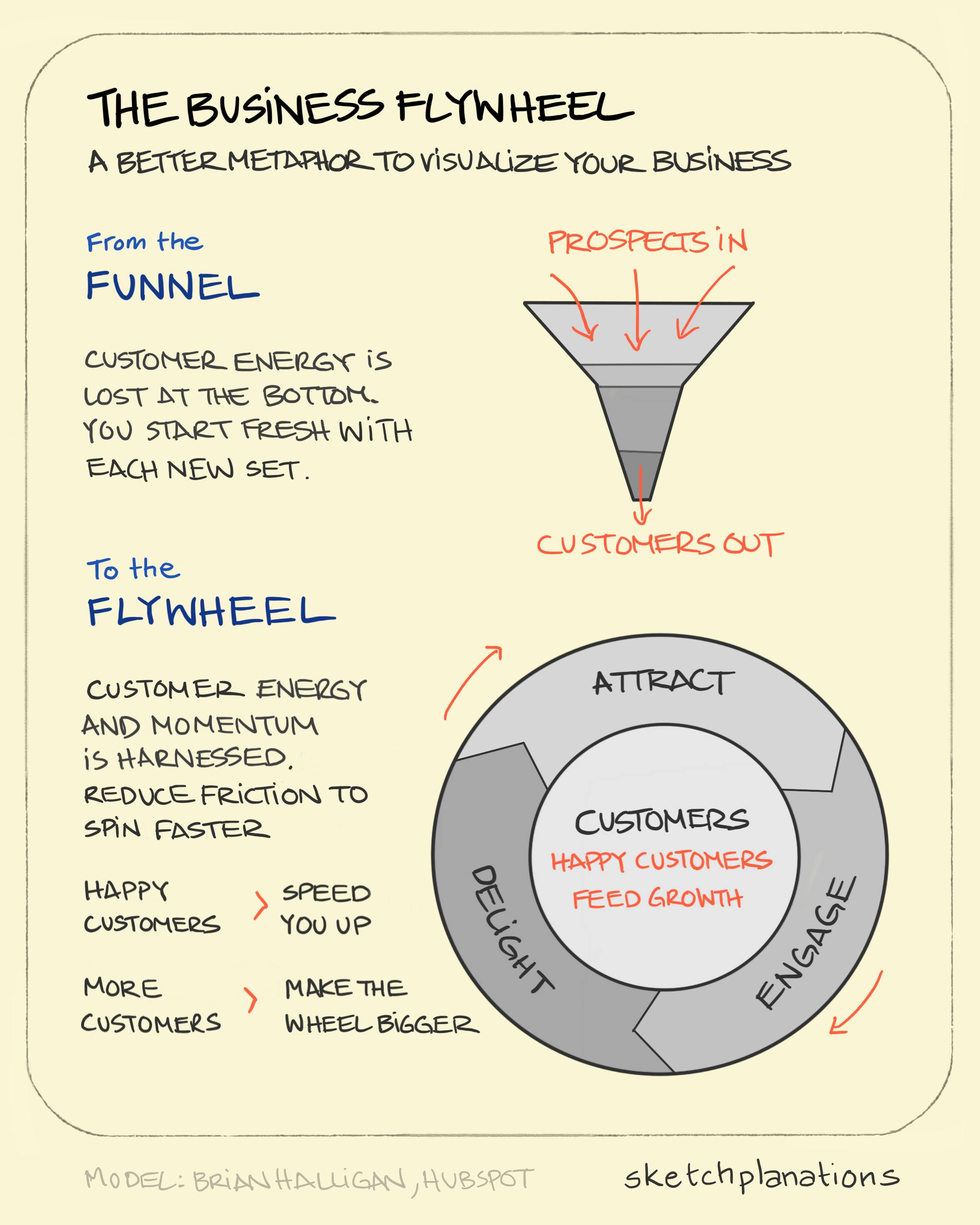
The 3-day effect
The 3-day effect is the name give to what happens to us after being out in Nature for 3 days or more. Something about it resets us and improves our mood, our wellbeing, and how well our brain is working. Observed by river rafting guide Ken Sanders who used to see a marked change in the groups he led on the 3rd day of being out on the river, it’s known as the 3-day effect. Since then, David Strayer and his group at the University of Utah have conducted studies that measured a real change in our calmness and even our creative problem-solving after 3 or more days in Nature. As Ken Sanders said: “I think it takes the first two days and nights to wash away whatever veneer of civilization you have brought with you. The new reality begins on that third day.” More about the 3 day effect at National Geograhic: This is your brain on Nature and REI: The Nature Fix. No doubt similar things at work to the magic of forest bathing.…The 3-day effect is the name give to what happens to us after being out in Nature for 3 days or more. Something about it resets us and improves our mood, our wellbeing, and how well our brain is working. Observed by river rafting guide Ken Sanders who used to see a marked change in the groups he led on the 3rd day of being out on the river, it’s known as the 3-day effect. Since then, David Strayer and his group at the University of Utah have conducted studies that measured a real change in our calmness and even our creative problem-solving after 3 or more days in Nature. As Ken Sanders said: “I think it takes the first two days and nights to wash away whatever veneer of civilization you have brought with you. The new reality begins on that third day.” More about the 3 day effect at National Geograhic: This is your brain on Nature and REI: The Nature Fix. No doubt similar things at work to the magic of forest bathing.WWW…
Read more…





